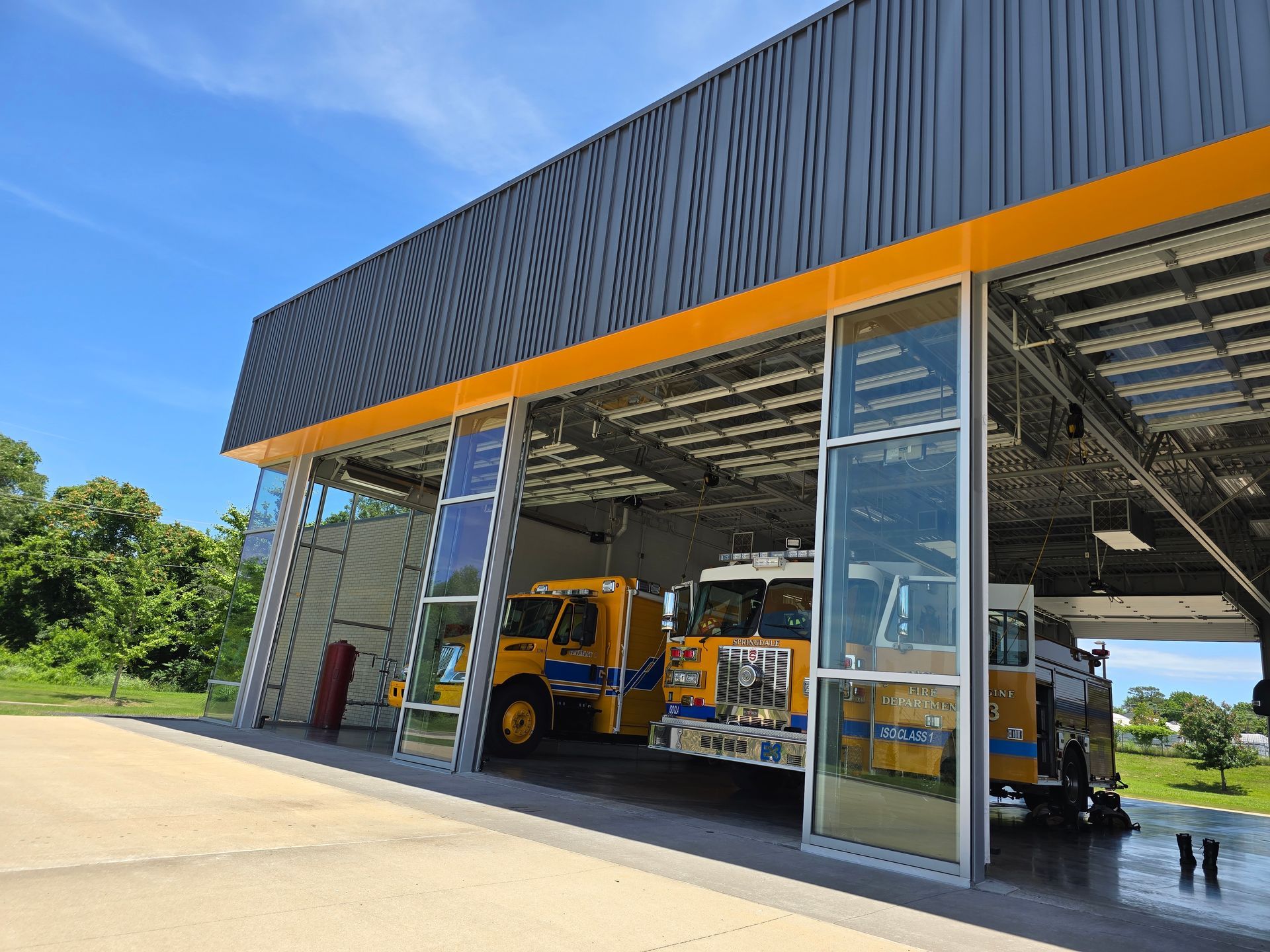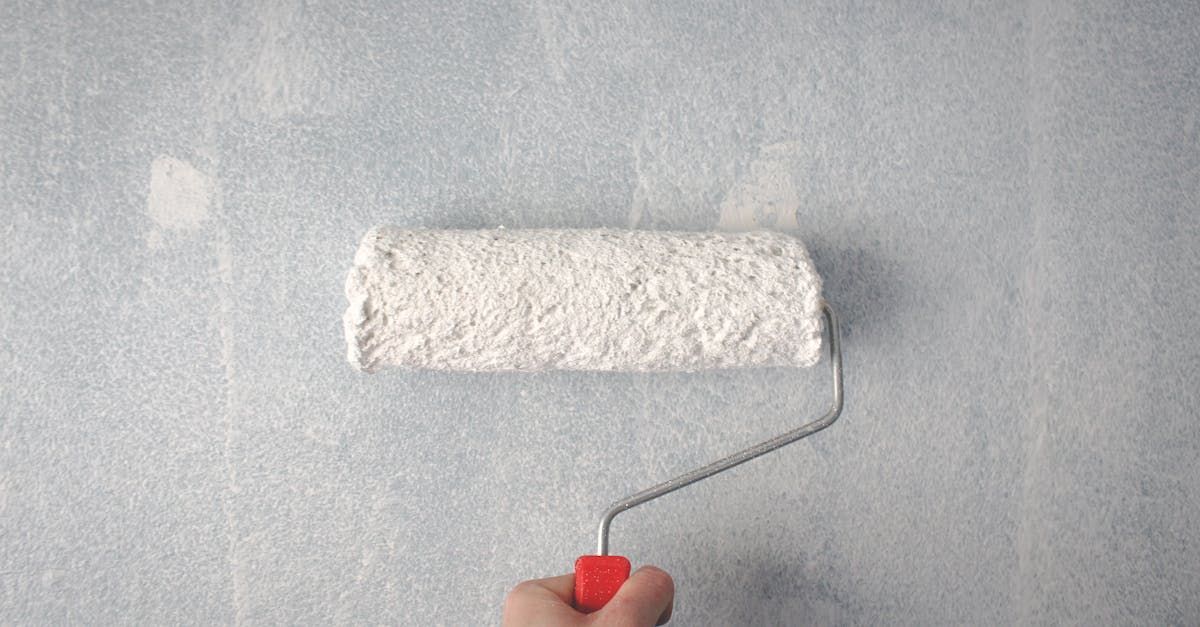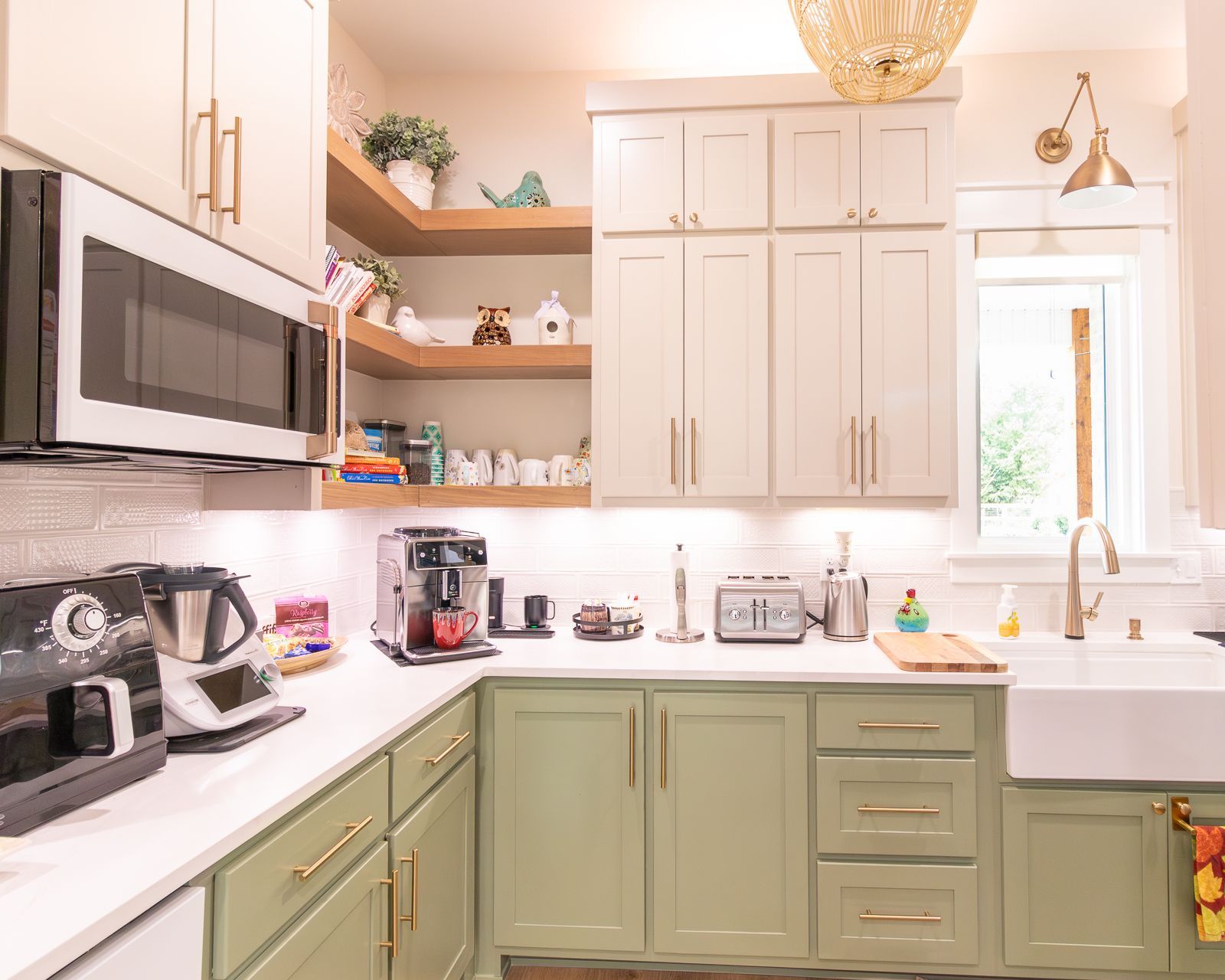Different Types of Painting Contractors
Which One Is Right for Your Project?

When it comes to commercial painting, choosing the right contractor is crucial for achieving the desired results. Different types of commercial painting contractors specialize in various areas, and selecting the one that aligns with your project needs can make all the difference. In this blog, we'll explore the different types of commercial painting contractors, their areas of expertise, and how to choose the right one for your project.
Types of Commercial Painting Contractors
1. Interior Commercial Painting Contractors
Interior commercial painting contractors specialize in painting the inside of commercial buildings. These contractors are experienced in working with various types of commercial spaces, including offices, retail stores, hospitals, schools, and more. They understand the importance of minimal disruption to business operations and are skilled in working efficiently in occupied spaces.
Key Services:
- Surface preparation (sanding, patching, priming)
- Application of paints, stains, and coatings
- Specialty finishes (e.g., faux finishes, textured paints)
- Color consultation and design advice
- Maintenance and touch-up services
Best For:
- Office buildings
- Retail spaces
- Medical facilities
- Educational institutions
- Hotels and hospitality venues
2. Exterior Commercial Painting Contractors
Exterior commercial painting contractors focus on painting the exterior surfaces of commercial buildings. These contractors are well-versed in selecting the right paints and coatings that can withstand the elements, such as UV rays, rain, wind, and temperature fluctuations. They also ensure that the building's exterior is properly prepared and protected for long-lasting results.
Key Services:
- Power washing and surface cleaning
- Surface preparation (scraping, sanding, priming)
- Application of weather-resistant paints and coatings
- Graffiti removal and anti-graffiti coatings
- Metal surface painting (e.g., railings, fences, signs)
Best For:
- Commercial retail centers
- Warehouses and industrial buildings
- Restaurants and cafes
- Apartment complexes
- Hotels and resorts
3. Industrial Painting Contractors
Industrial painting contractors specialize in painting industrial facilities, including factories, manufacturing plants, warehouses, and refineries. These contractors often work in challenging environments and require specialized knowledge of industrial coatings that protect against chemicals, corrosion, and extreme temperatures. Safety is a top priority for industrial painting contractors, as they often work in hazardous conditions.
Key Services:
- Application of protective coatings (e.g., epoxy, urethane)
- Corrosion control and rust prevention
- Fireproofing and intumescent coatings
- Painting of machinery, equipment, and structural steel
- Safety markings and line striping
Best For:
- Manufacturing facilities
- Chemical plants
- Oil refineries
- Food processing plants
- Power plants
4. Specialty Commercial Painting Contractors
Specialty commercial painting contractors focus on niche areas of commercial painting that require specialized skills and expertise. This can include decorative painting, murals, electrostatic painting, and more. These contractors are ideal for businesses looking to achieve unique or artistic finishes that go beyond traditional painting.
Key Services:
- Decorative finishes (e.g., faux finishes, Venetian plaster)
- Murals and custom wall art
- Electrostatic painting for metal surfaces
- Floor coatings and concrete staining
- Historical restoration painting
Best For:
- High-end retail spaces
- Hotels and luxury resorts
- Cultural institutions and museums
- Theaters and entertainment venues
- Restaurants with themed decor
How to Choose the Right Commercial Painting Contractor
1. Define Your Project Needs
Before selecting a contractor, clearly define your project’s scope and requirements. Consider whether you need interior or exterior painting, the specific surfaces that need painting, and any special requirements (e.g., safety considerations, decorative finishes). This will help you narrow down your options and find a contractor with the right expertise.
2. Check Experience and Credentials
Look for contractors with a proven track record in commercial painting. Check their experience in handling projects similar to yours and verify their credentials, including licenses, insurance, and certifications. Experienced contractors are more likely to deliver high-quality work and handle any challenges that may arise.
3. Review Portfolios and References
Ask potential contractors for examples of their previous work and client references. Reviewing their portfolio can give you a sense of their capabilities and style. Contacting references allows you to learn about the contractor's reliability, professionalism, and ability to meet deadlines.
4. Evaluate Communication and Customer Service
Effective communication is essential for a successful painting project. Choose a contractor who is responsive, listens to your needs, and provides clear, detailed proposals. Good customer service is a sign that the contractor values your business and is committed to delivering satisfactory results.
5. Compare Quotes
Obtain quotes from multiple contractors to compare pricing, scope of work, and timelines. Be wary of quotes that are significantly lower than others, as they may indicate subpar materials or workmanship. Choose a contractor who offers a fair price while demonstrating a commitment to quality.
Selecting the right commercial painting contractor is key to achieving a successful project. Whether you need interior or exterior painting, industrial coatings, or specialty finishes, Color Wheel Painting can meet your needs. By understanding the different types of commercial painting contractors and carefully evaluating your options, you can ensure that your project is completed to the highest standards, enhancing the appearance and functionality of your commercial space.





